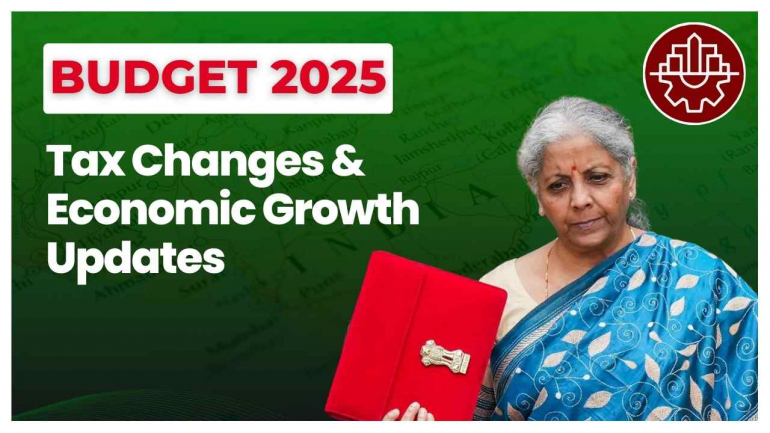Union Budget 2025-26: Tax Changes & Economic Growth Updates

Union Budget 2025-26: Major Updates and Economic Impact
The Union Budget 2025-26 has been announced, bringing significant policy changes aimed at economic growth, income tax relief, and foreign investment. This year's budget focuses on reducing the fiscal deficit, boosting capital expenditure, and supporting key industries such as agriculture and insurance. Businesses, investors, and taxpayers will experience multiple benefits from these reforms.
Key Highlights of Union Budget 2025-26
The government has introduced various measures to improve financial stability, tax relief, and sectoral growth. Here’s a comprehensive comparison between the previous and new financial year:
| Category | 2024-2025 | 2025-2026 |
|---|---|---|
| Income Tax | - Tax exemption up to ₹7 lakh per annum. - Higher tax rates for incomes above ₹7 lakh. | - Tax exemption increased to ₹12.8 lakh per annum. - Reduced tax rates for higher incomes. |
| Fiscal Deficit | - Fiscal deficit at 4.8% of GDP. | - Targeted fiscal deficit reduced to 4.4% of GDP. |
| Capital Expenditure | - Capital spending at ₹10.18 trillion. | - Increased capital spending to ₹11.21 trillion. |
| Agriculture | - Existing support programs for farmers. | - Six-year mission to boost pulses production. - Five-year mission for cotton production. |
| Insurance Sector | - Foreign Direct Investment (FDI) limit at 74%. | - Raised FDI limit to 100% to deepen insurance penetration. |
Income Tax Relief: A Big Win for the Middle Class
The government has increased the income tax exemption limit from ₹7 lakh to ₹12.8 lakh per annum, offering significant relief to salaried individuals. The revised tax structure will reduce the burden on higher-income groups, leading to increased consumer spending and economic activity. Lower tax rates mean higher disposable income, driving demand in multiple sectors.
Economic Growth and Fiscal Stability in 2025-26
To maintain financial stability and sustainable economic growth, the government has targeted a reduction in the fiscal deficit to 4.4% of GDP. Higher capital expenditure of ₹11.21 trillion will boost infrastructure development, create jobs, and drive industrial growth.
Agriculture and Rural Economy Development
Supporting agriculture remains a priority, with a six-year mission to enhance pulses production and a five-year plan for cotton production. These programs will increase domestic production, reduce dependency on imports, and improve farmer incomes. Such initiatives ensure sustainable growth in the agricultural sector.
Foreign Investment Reforms for Economic Growth
In a move to make India an attractive investment destination, the FDI limit in the insurance sector has been increased to 100%. This is expected to increase foreign capital inflows, expand financial services, and boost insurance penetration in India.
By implementing progressive economic reforms, the Union Budget 2025-26 strengthens financial stability, reduces tax burdens, and ensures long-term economic growth. The impact of these policies will unfold over the coming months, shaping India’s financial future.









Comments : 0